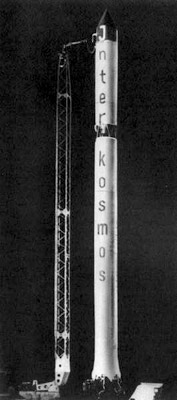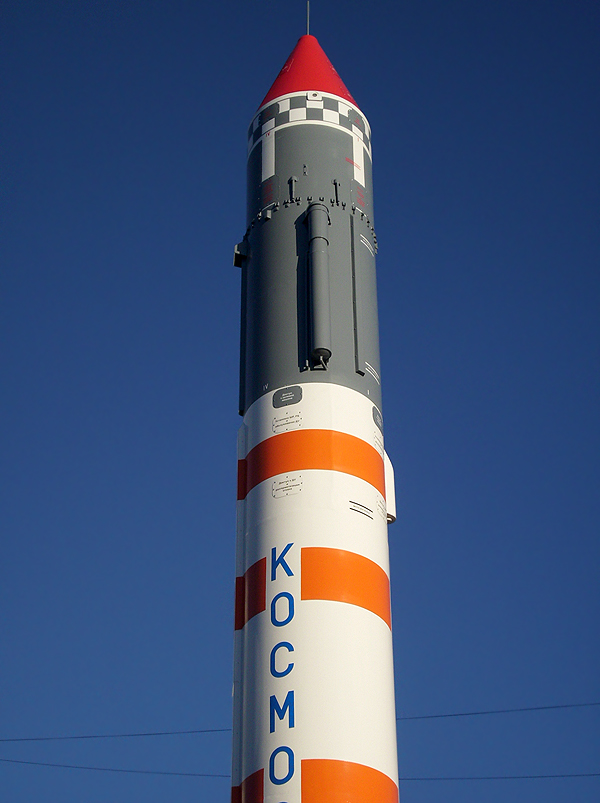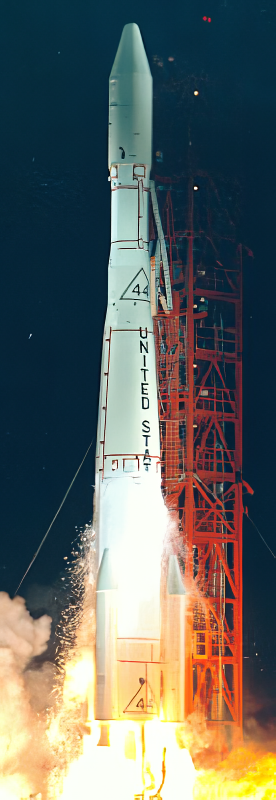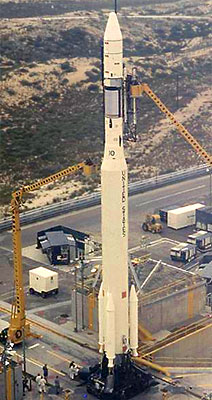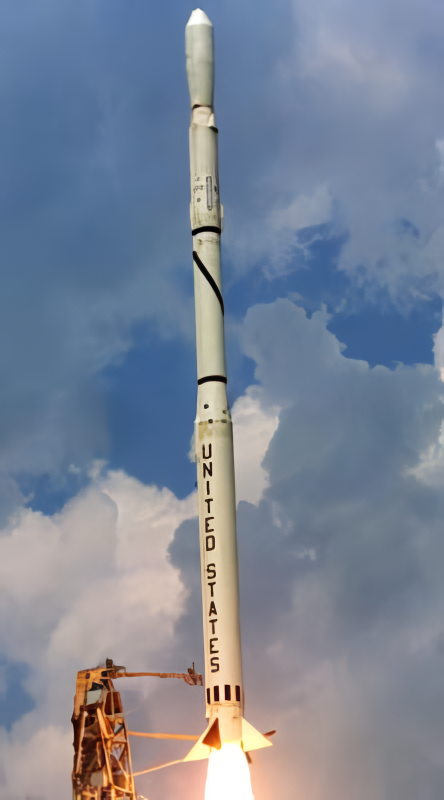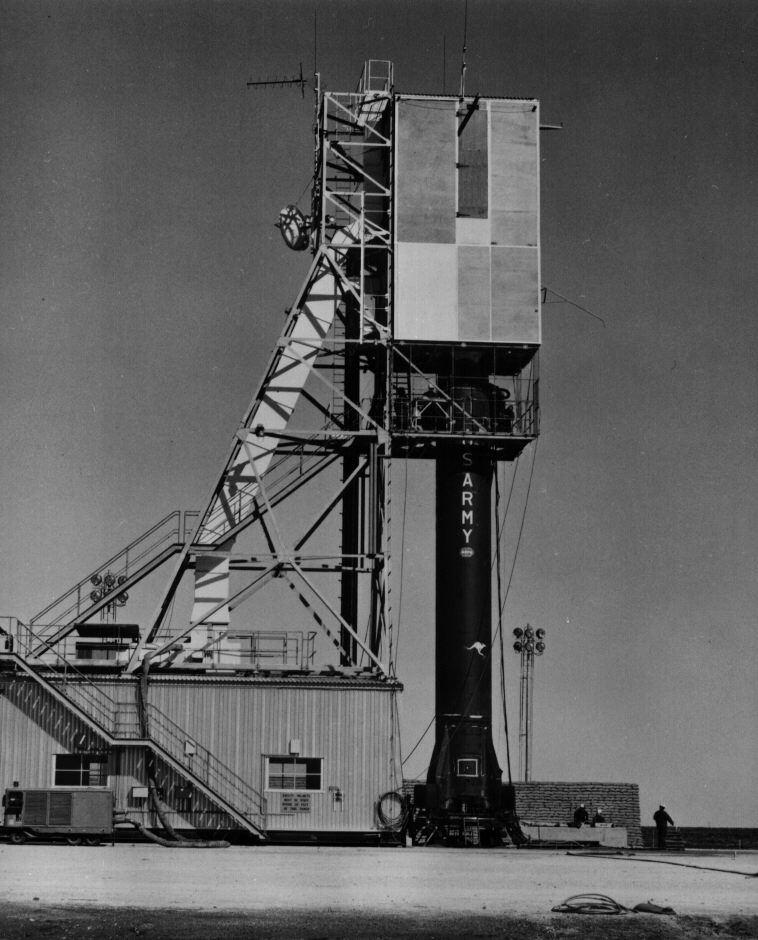Previous Spaceflight Launches
Filter by Agency, Locations or Vehicles
Show All LaunchesTsiklon-2A | US-AO 3
Yuzhnoye Design Bureau | UkraineBaikonur Cosmodrome, Republic of Kazakhstan
Dec. 27, 1967, 11:28 a.m.
Status: Launch Successful
Mission:
US-A (Upravlenniye Sputnik Aktivny) were active radar satellites for ocean surveillance. The high power consumtion of the active radar required a nuclear reactor as power source. The satellites were known as RORSAT in the west. The US-AO series consisted of satellites, which tested all the system components but the nuclear reactor. They were battery powered.
Low Earth OrbitKosmos 11K63 | DS-U2-V 3
Strategic Rocket Forces | RussiaKapustin Yar, Russian Federation
Dec. 26, 1967, 9:01 a.m.
Kosmos-2I 63S1 | DS-U1-G 2
Strategic Rocket Forces | RussiaKapustin Yar, Russian Federation
Dec. 19, 1967, 6:30 a.m.
Voskhod | Zenit-2 57
Soviet Space Program | RussiaPlesetsk Cosmodrome, Russian Federation
Dec. 16, 1967, noon
Thor Delta E1 | Pioneer 8
McDonnell Douglas | United States of AmericaCape Canaveral SFS, FL, USA
Dec. 13, 1967, 2:08 p.m.
Status: Launch Successful
Mission:
Pioneer A to E (Pioneer 6 to 9 after launch) were a series of five solar-orbiting, spin-stabilized, solar-cell and battery-powered satellites designed to obtain measurements of interplanetary phenomena from widely separated points in space on a continuing basis.
Heliocentric N/AThorad SLV-2G Agena D | KH-4B 2
McDonnell Douglas | United States of AmericaVandenberg SFB, CA, USA
Dec. 9, 1967, 10:25 p.m.
Titan IIIB | KH-8 10
Lockheed Martin | United States of AmericaVandenberg SFB, CA, USA
Dec. 5, 1967, 6:45 p.m.
Scout B | OV3-6
Vought | United States of AmericaVandenberg SFB, CA, USA
Dec. 5, 1967, 1:03 a.m.
Voskhod | Zenit-4 37
Soviet Space Program | RussiaPlesetsk Cosmodrome, Russian Federation
Dec. 3, 1967, noon
SPARTA | WRESAT
Chrysler | United States of AmericaRAAF Woomera Range Complex
Nov. 29, 1967, 4:49 a.m.

